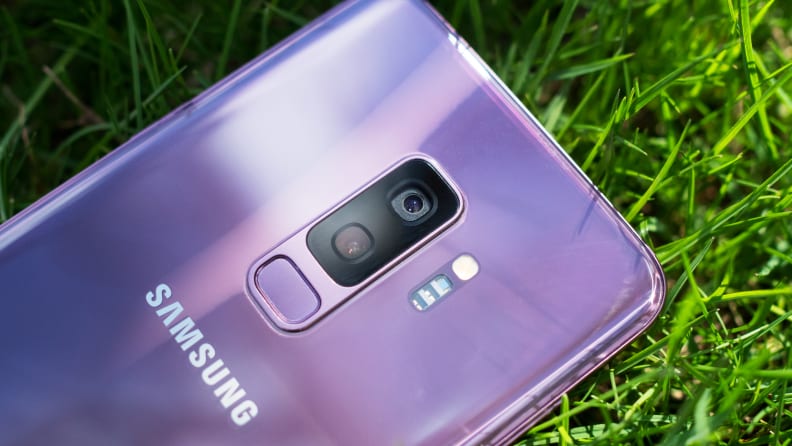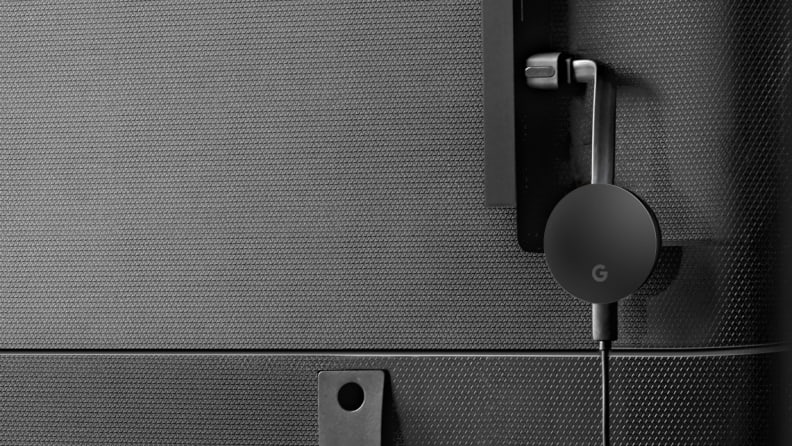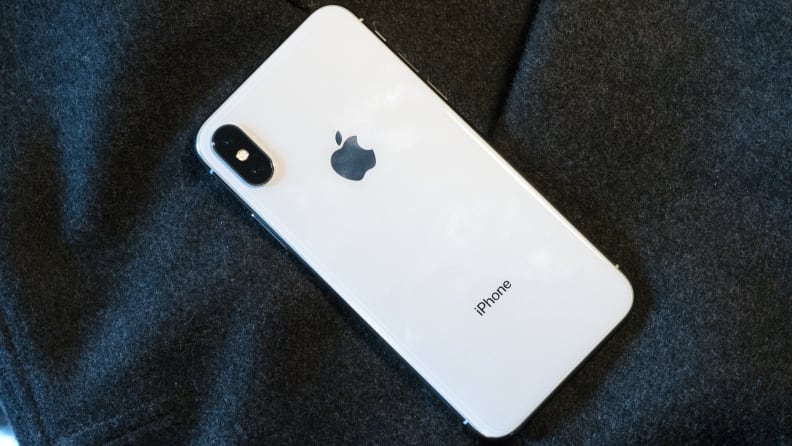How to connect and watch your phone on your TV
There's more than one way to put your smartphone up on the TV
Products are chosen independently by our editors. Purchases made through our links may earn us a commission.
Despite the rapidly blurring line between portable devices and televisions, connecting your phone to or mirroring it on your TV remains surprisingly complicated, all things considered.
The good news is that, if your smartphone is relatively new, there's a good chance you'll be able to hook it up to your TV with ease. The bad news is that you might need to buy some extra hardware in order to do it. Here's everything you need to know.
How to Connect an Android phone to a TV

There are a number of ways to share an Android device's screen with your TV.
If you own an Android phone, you're in luck: There are several methods for getting your phone to display content on a TV, though depending on your smartphone and your TV, you might not be able to take advantage of all of them.
1. Connect using a USB-to-HDMI adapter
The easiest way to connect your Android phone to your TV is to use an adapter—but of course, that means you'll have to buy the proper adapter first. Most modern Android devices feature a USB-C charging port, so most folks should be on the lookout for a USB-C to HDMI adapter. We recommend taking a good, hard look at an adapter's specifications before buying one; some of them only support newer, USB 3.1 or Thunderbolt 3 port interfaces.
If you've got an older Android phone that features a microUSB charging port, you'll need to find a microUSB to HDMI adapter, but both your mobile device as well as your TV will need to support the MHL (Mobile High-Definition Link) protocol. You can check out a full list of MHL-supported devices to see if your devices are supported.
In addition to an adapter, you'll also need a standard HDMI cable to complete the connection. We've already compiled a list of the best HDMI cables you can buy, but remember to account for the cable's length—you want it to be long enough to accommodate a comfortable distance between your phone and your TV. Once you've secured a compatible adapter an an HDMI cable, viewing your smartphone interface on the TV is as simple as switching your TV over to the appropriate HDMI input.

You can use a Chromecast to mirror content from your Android phone.
2. Connect using Google Chromecast
While the plug-and-play route might be the simplest, you can make a wireless connection, too, without the aid of additional adapters. If you've got a Google Chromecast or a TV with Chromecast built right into the software, your Android phone is, in all likelihood, ready to cast to your TV with no additional hardware needed. The only requirement is that both your Android device and your TV are on the same wireless network.
Just access the Google Home app, head to the Account tab, and select Mirror device. From here, tap Cast and select your TV from the list of available devices.
3. Connect using Wi-Fi Direct
Much like Bluetooth, Wi-Fi Direct is an oft-overlooked feature that allows multiple devices to communicate and share content—even devices that aren't on the same wireless internet network. Since the feature is built into recent versions of Android OS, nearly every Android phone already supports Wi-Fi Direct. If your TV supports it too, you can share media between your smartphone and smart TV.
You can find Wi-Fi Direct in your smartphone's network settings menu—ditto for most smart TVs, too. Once its enabled on both, your phone will likely begin scanning for compatible devices.
Although not as secure and as flexible as a Chromecast or HDMI adapter, Wi-Fi direct is a relatively easy way to view media from your phone on your TV.
How to Connect an iPhone to a TV

There are less ways to share an iPhone screen with your TV than there are with an Android device.
1. Connect using a Lightning-to-HDMI adapter
As is the case with Android phones, the most foolproof way to connect your iPhone to your TV is with an adapter that plugs into the Lightning port on your iPhone. Because buying Apple accessories is rarely as simple as it seems, however, there are a few things to keep in mind.
First, not all third-party adapters are guaranteed to work with your iPhone or certain content carrying HDCP copyright protection. For this reason, we recommend forking over the cash for Apple's official Lightning to HDMI AV adapter. Its $49 price tag is indeed hard to swallow with so many cheaper alternatives flooding the market, but it's also the most reliable option at your disposal, given the finicky relationship between Apple devices and third-party hardware.
In addition to needing a long enough HDMI cable to traverse the distance between your iPhone and the TV, several Lightning-to-HDMI adapters—including Apple's official adapter—need to be plugged into a power source via a standard Lightning cable while in use.
2. Use your TV's built-in AirPlay 2 support to mirror your iPhone screen
AirPlay 2 is a proprietary service that links together all of your Apple devices across a single wireless network. This year, the service began making its way to several new TVs from major manufacturers like Samsung, LG, and Sony. TVs with AirPlay 2 support can mirror the screen of your iPhones or iPads, provided that they're on the same wireless network as the TV itself.
Unfortunately, at the time this is being written, we're still in the early stages of Apple AirPlay support for TVs. You can check out Apple's official website for a complete list of AirPlay 2-enabled TVs, but as of now, you'll only find about twenty total TV series—all relatively new models. The product experts at Reviewed have all your shopping needs covered. Follow Reviewed on Facebook, Twitter, and Instagram for the latest, deals, product reviews, and more.


